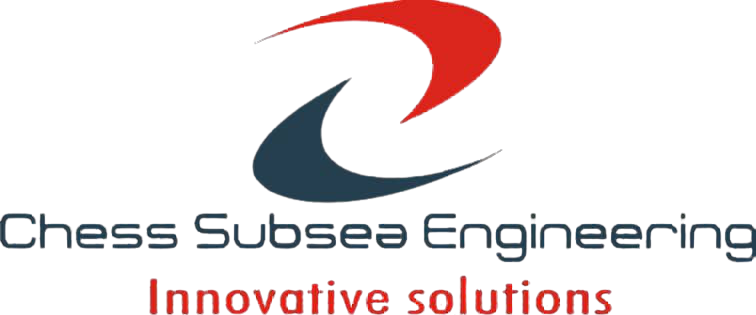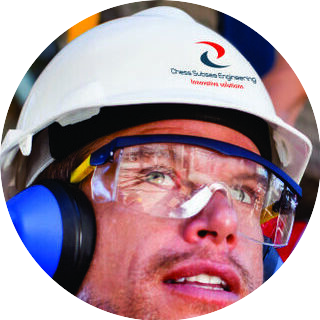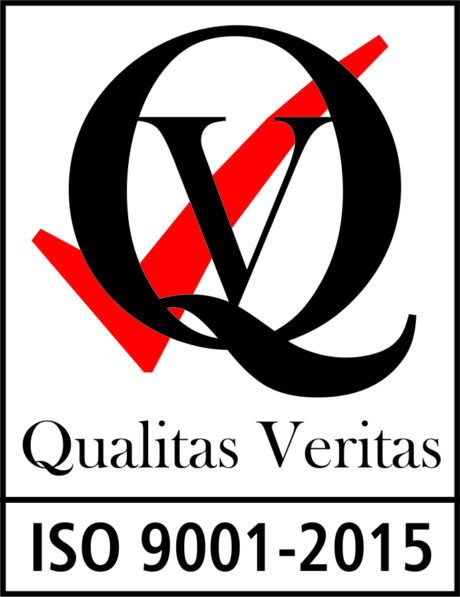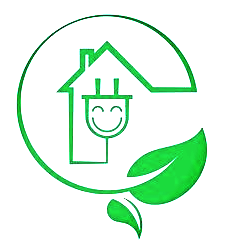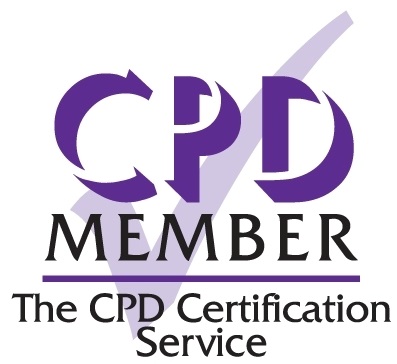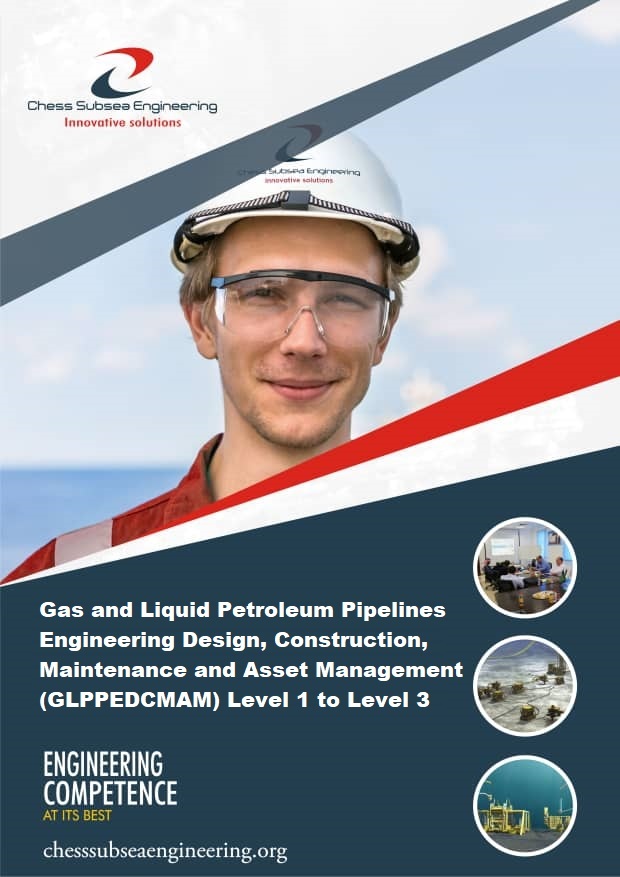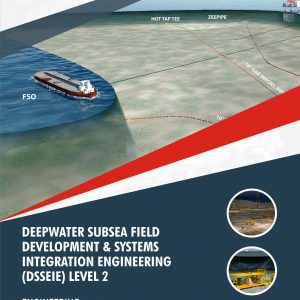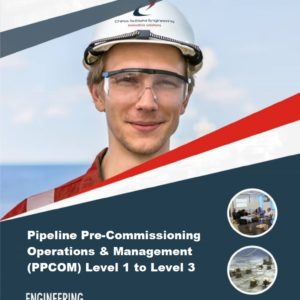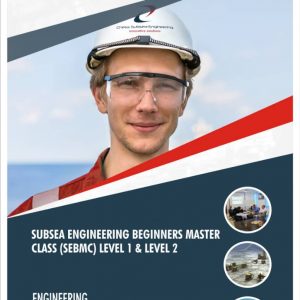Description
Pipeline engineering is the backbone of the oil and gas industry. Governments and companies use pipelines to transport oil and natural gas across nations and facilitate their use for a variety of purposes. Pipeline engineering projects can be divided into several specific stages, with separate sources of cost. These stages include pre-engineering, conceptual engineering, detailed engineering, fabrication, construction, operation, and abandonment. Although all the different cost aspects are considered, this occurs in a segmented manner. The costs related to all activities such as conceptual engineering, fabrication, and installation are considered isolated, addressed at different points in the pipeline life cycle, and not viewed on an integrated basis.
Pipeline engineers design and optimize these systems, perform repairs, and manage projects on behalf of their clients. Their work requires strong analytical skills and good working knowledge of hydraulic modeling software. In addition; it also requires in-depth knowledge of project management programs, technical standards, hydroelectric energy systems and other relevant aspects.
GLPPEDCMAM Level 1 to Level 3 is designed for engineers switching caareer in to pipeline engineering and covers Pipeline Basics and factors influencing Pipeline Design, Pipeline Route Selection, Codes and Standards Affecting Pipeline Design, Construction, Operations and Maintenance, Pipeline Design Principles: Hydraulics, Mechanical Design and Materials Selection, Pipeline Construction Fundamentals, Pipeline Protection and Maintenance, Pipeline Economics, Physical Quantities and Units used in Pipeline Design, Comprehensive Case Study illustrating different aspects of pipeline design, operations and maintenance, Codes and Specifications, Codes governing the design of piping systems, Development of codes, Features and scope of codes governing pipeline design, Comparison of pipeline codes from different countries, Information contained in piping specifications, Guidelines for pipeline operations and maintenance, Factors Influencing Pipeline Routing, Acquisition and Use of Land for Pipeline Construction, Pipeline Routing Thumb Rules, Tools Used in Pipeline Routing, Data Used in Pipeline Routing, Consideration of Alternate Routes, Fluid Properties and their units, Density and Specific Gravity, Specific Weight, Absolute or Dynamic Viscosity, Kinematic Viscosity, Compressibility factors for gases, Fundamentals of liquid flow, Liquid flow parameters – flow rate, velocity, friction losses, and pressure drop, Liquid flow characteristics – laminar and turbulent flow, Equations for calculating friction losses and pressure drop in liquid pipelines, Different types of pumps and their characteristics, Parameters for pump performance, Pump calculations, Calculation of gas densities Continuity equation for gas flow, Compressible flow of gases, Reynolds number and friction factor for gas flow, Gas flow equations, Gas Compressors, Types of gas compressors, Selection of gas compressors and drivers, Isothermal and adiabatic gas compression processes, Work (power) required for gas compression, Gas compression equations, Guidelines for compressor designs, Design optimization of gas pipelines, Forces and stresses in pipelines, Mechanical design parameters Criteria for mechanical design including code criteria, Specified Minimum Yield Strength (SMYS) of pipeline materials, Mechanical design equations – calculation of Maximum Allowable Pressure (MAP) and minimum required wall thickness for pipelines, Design factors and temperature de-rating factors, Mechanical design for sustained loads, Thermal expansion/contraction of materials, Stresses due to thermal expansion/contraction, Estimating the weight of pipe, Maximum span of unsupported pipe, Sequence of Construction Activities, Construction Equipment, Preparing the Pipeline Right of Way (ROW), Laying the Pipeline on the ROW (Stringing), Bending, Welding and Post-Weld Qualification, Lowering, Backfill, Tie-in and Assembly, Testing and Inspection, Cleanup and Restoration, Commissioning, Causes of pipeline damage: Corrosion, Damage caused by construction / moving equipment, Weld Defects, Ground Movement, Consequences of Pipeline Damage, Prevention of Pipeline Damage, Pipeline Coatings – Characteristics, Properties and Selection Criteria, Corrosion Fundamentals, Pipeline Corrosion Prevention Methods – Cathodic Protection, Galvanic Sacrificial Anodes, Internal Corrosion of Pipelines – Causes and Mitigation, Stress Corrosion Cracking (SCC) – Causes and Mitigation, Pipeline Integrity Programs and Fitness for Service, Components and Tools of Pipeline Integrity Programs, Terminology Used in Pipeline Economics, Cost Elements of a Pipeline, Pipeline Economics Case Study, Key Performance Indicators (KPIs) for Pipeline Operations, Use of KPIs to Monitor and Assess Pipeline Performance and more.
Course Outline
Pipeline Basics and factors influencing Pipeline Design
Pipeline Route Selection
Codes and Standards Affecting Pipeline Design, Construction, Operations and Maintenance
Pipeline Design Principles: Hydraulics, Mechanical Design and Materials Selection
Pipeline Construction Fundamentals
Pipeline Protection and Maintenance
Pipeline Economics
Physical Quantities and Units used in Pipeline Design
Practical Exercises
Comprehensive Case Study illustrating different aspects of pipeline design, operations and maintenance
Codes and Specifications
Codes governing the design of piping systems
Development of codes
Features and scope of codes governing pipeline design
Comparison of pipeline codes from different countries
Information contained in piping specifications
Guidelines for pipeline operations and maintenance
Factors Influencing Pipeline Routing
Acquisition and Use of Land for Pipeline Construction
Pipeline Routing Thumb Rules
Tools Used in Pipeline Routing
Data Used in Pipeline Routing
Consideration of Alternate Routes
Route Selection Case Study
Fluid Properties and their units
Density and Specific Gravity
Specific Weight
Absolute or Dynamic Viscosity
Kinematic Viscosity
Compressibility factors for gases
Fundamentals of liquid flow
Liquid flow parameters – flow rate, velocity, friction losses, and pressure drop
Liquid flow characteristics – laminar and turbulent flow
Equations for calculating friction losses and pressure drop in liquid pipelines
Different types of pumps and their characteristics
Parameters for pump performance
Pump calculations
Practical Exercises.
Calculation of gas densities
Continuity equation for gas flow
Compressible flow of gases
Reynolds number and friction factor for gas flow
Gas flow equations
Gas Compressors
Types of gas compressors
Selection of gas compressors and drivers
Isothermal and adiabatic gas compression processes
Work (power) required for gas compression
Gas compression equations
Guidelines for compressor designs
Design optimization of gas pipelines
Practical Exercises.
Forces and stresses in pipelines
Introduction to mechanical design
Mechanical design parameters
Criteria for mechanical design including code criteria
Specified Minimum Yield Strength (SMYS) of pipeline materials
Mechanical design equations – calculation of Maximum Allowable Pressure (MAP) and minimum required wall thickness for pipelines
Design factors and temperature de-rating factors
Mechanical design for sustained loads
Thermal expansion/contraction of materials
Stresses due to thermal expansion/contraction
Estimating the weight of pipe
Maximum span of unsupported pipe
Practical Exercises.
Introduction.
Sequence of Construction Activities
Construction Equipment
Preparing the Pipeline Right of Way (ROW)
Laying the Pipeline on the ROW (Stringing)
Bending
Welding and Post-Weld Qualification
Lowering
Backfill
Tie-in and Assembly
Testing and Inspection
Cleanup and Restoration
Commissioning
Case study.
Causes of pipeline damage: Corrosion, Damage caused by construction / moving equipment, Weld Defects, Ground Movement
Consequences of Pipeline Damage
Prevention of Pipeline Damage
Pipeline Coatings – Characteristics, Properties and Selection Criteria
Corrosion Fundamentals
Pipeline Corrosion Prevention Methods – Cathodic Protection, Galvanic Sacrificial Anodes
Internal Corrosion of Pipelines – Causes and Mitigation
Stress Corrosion Cracking (SCC) – Causes and Mitigation
Pipeline Integrity Programs and Fitness for Service
Components and Tools of Pipeline Integrity Programs
Introduction to Pipeline Economics.
Terminology Used in Pipeline Economics
Cost Elements of a Pipeline
Pipeline Economics Case Study
Key Performance Indicators (KPIs) for Pipeline Operations
Use of KPIs to Monitor and Assess Pipeline Performance
Technical Support Reference
Ref 1: Designing, Construction, Maintenance and Asset Management of Pipeline
Ref 2: Pipeline Design, Operation and Maintenance Standards
Ref 3: Pipeline Routing
Ref 4: Pipeline Hydraulics Fluid Properties
Ref 5: Liquid Flow and Pumps
Ref 6: Gas Flow and Compressors
Ref 7: Mechanical Design of Pipelines
Ref 8: Pipeline Construction
Ref 9: Pipeline Protection and Maintenance
Ref 10: Pipeline Economics and Asset Management
Outcome
Participants will gain an in debt understanding of Gas and Liquid Petroleum Pipelines Engineering Design, Construction, Maintenance and Asset Management for Engineers, Field Engineers and Technicians at Level 1 to Level 3.
They will also be able to function with minimum supervision as a Pipeline Engineers, Pipeline Cost Engineers, Pipeline Asset Integrity Engineers, Pipeline Protection & Maintenance Engineers or Pipeline Protection & Maintenance Technicians for IOCs, EPIC Pipeline Company Contractor or Vendor.
Certificate of Completion
CPD UK accredited certificate shall be issued directly from Chess Subsea Engineering Europe.
How to Register
Click here to download registeration booklet on msword and email completed booklet to info@chesssubseaengineering.org directly.
